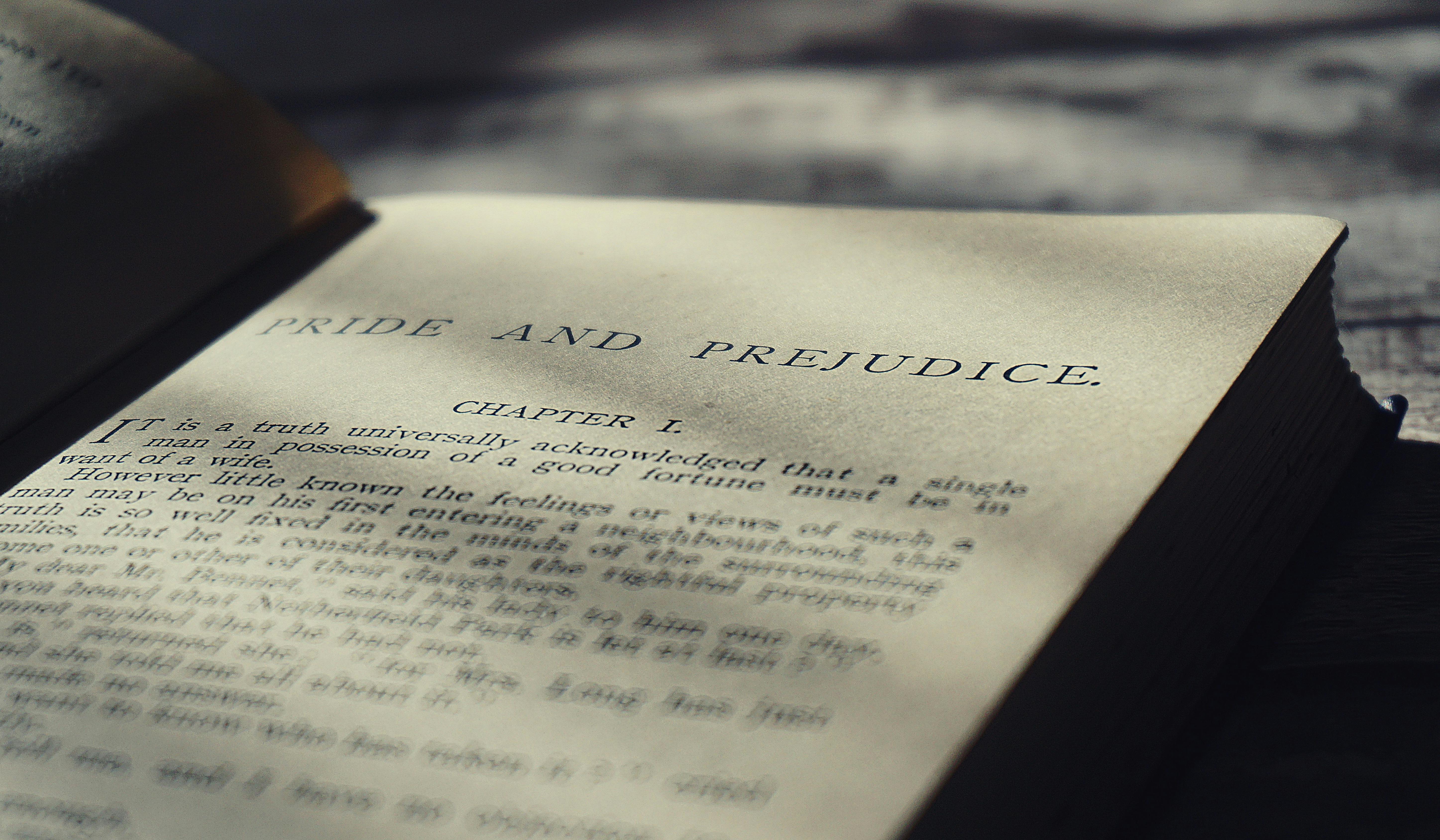Why It Still Resonates Today
Jane Austen’s Pride and Prejudice, first published in 1813, continues to capture readers’ imaginations more than 200 years later. It isn’t just a romance — it’s a witty, sharp, and surprisingly modern take on human behavior, love, and the expectations society places on us. The novel’s brilliance lies in its balance of emotional depth and clever social commentary.

The Plot in Brief
The story follows Elizabeth Bennet, the intelligent and independent second daughter of a modest country gentleman. When the wealthy and proud Mr. Darcy enters her life, sparks fly — and not in a romantic way, at least not at first. As misunderstandings, judgments, and social pressures swirl around them, Elizabeth and Darcy must learn to see beyond their initial assumptions and grow in unexpected ways.
Characters that Stand the Test of Time
Elizabeth Bennet remains one of literature’s most iconic heroines — witty, self-aware, and unafraid to speak her mind. Mr. Darcy, with his cool demeanor and hidden depths, has become the blueprint for the brooding romantic hero.
Supporting characters like the vain Mr. Collins, the superficial Lydia Bennet, and the overbearing Lady Catherine de Bourgh all serve as sharp, often humorous reflections of social norms and class anxieties of the time.
Themes Beyond Romance
Although best known for its love story, Pride and Prejudice tackles broader issues: the limitations placed on women, the importance of marrying for love versus security, and the danger of judging people too quickly. Austen’s subtle but powerful feminist lens still feels relevant in today’s conversations around independence and identity.

Austen’s Signature Style
What makes Pride and Prejudice truly shine is Austen’s wit. Her irony is quiet but cutting, her language elegant but accessible. The banter between Elizabeth and Darcy isn’t just entertaining — it’s a battle of minds and morals, one that makes their eventual connection all the more satisfying.
Final Thoughts
Pride and Prejudice is not just a novel — it’s a mirror held up to society, love, and the ways we navigate both. It continues to be adapted, reimagined, and referenced for a reason: it speaks to truths that haven’t changed much over time. Whether you’re reading it for the first time or the fifth, it’s a book that reveals something new every time.

